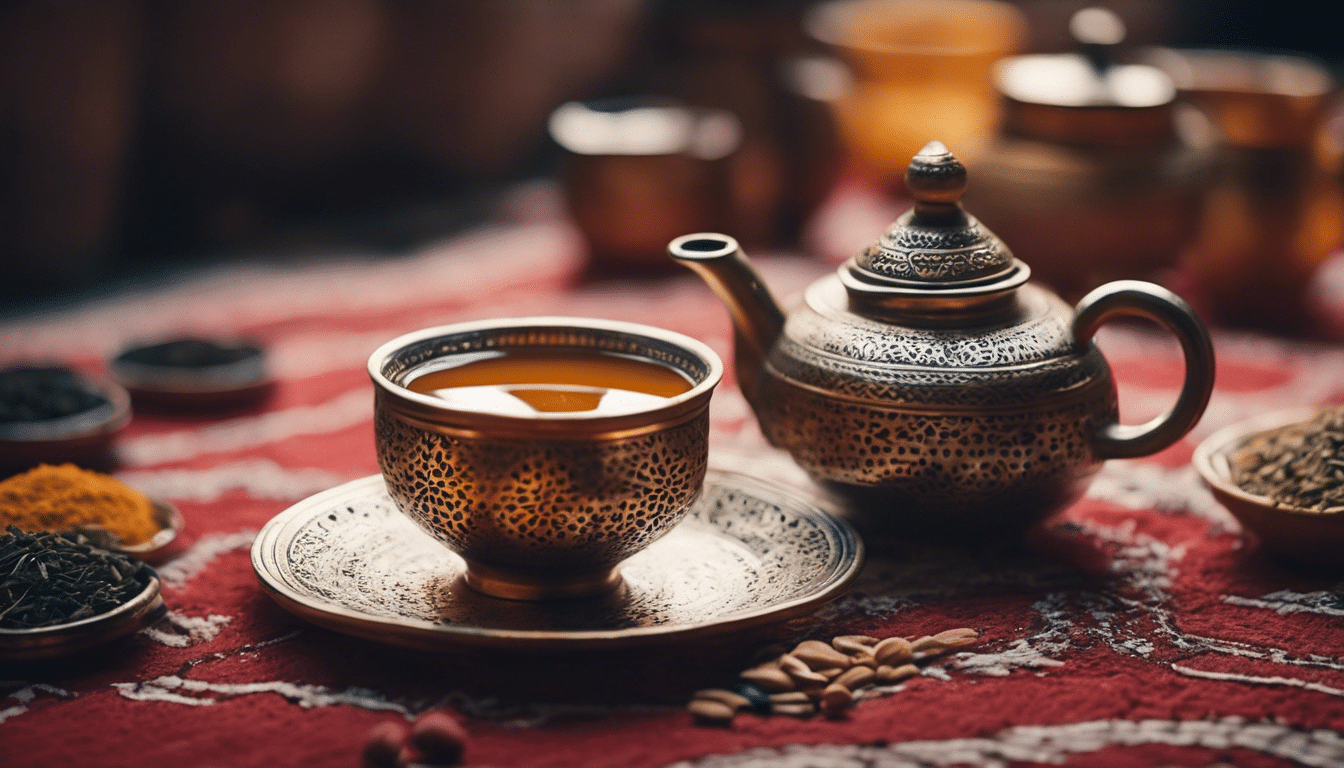
Tea is one of the most popular beverages in the world, enjoyed by millions for its varied flavors, soothing properties, and cultural significance. From the bustling tea houses of China to the cozy tea shops in Britain, the journey of tea is a fascinating tale that reflects the diversity of human experience.
The history of tea dates back to ancient China, around 2737 BC when Emperor Shen Nong accidentally discovered the drink. According to legend, some leaves from a nearby tea tree fell into a pot of boiling water, creating an invigorating brew. This simple accident sparked a tradition that would flourish over the centuries. Tea drinking became a vital part of Chinese culture, symbolizing hospitality, friendship, and respect.
As tea's popularity grew, it spread to neighboring countries, including Japan, Korea, and later to the West. In Japan, the tea ceremony, known as "chanoyu," evolved into a highly ritualized practice that emphasizes aesthetics, mindfulness, and respect for nature. The careful preparation and presentation of tea in this ceremony reveal a profound appreciation for the drink beyond mere consumption.
In the West, tea made its way to Europe in the 16th century, where it quickly became a fashionable drink among the elite. The British developed their own tea culture, which led to the establishment of the iconic afternoon tea tradition in the 19th century. This practice not only provided a delightful break in the day but also served as a social event, complete with tiers of delectable sandwiches, scones, and pastries accompanying the tea.
Tea is not only a beloved beverage but also known for its health benefits. Rich in antioxidants, tea is often associated with improved heart health, enhanced mental clarity, and weight management. Different varieties of tea—green, black, oolong, white, and herbal—offer distinct flavors and health properties. Green tea, for instance, is revered for its high concentration of catechins, which are believed to boost metabolism, while chamomile tea is known for its calming effects.
The global tea industry is a vibrant and bustling sector, with countries such as India, China, Sri Lanka, and Kenya leading in production. Each region imparts its unique flavor profile, influenced by climate, soil, and traditional processing methods. Assam tea, known for its bold, malty taste, comes from northeastern India, while Darjeeling tea is celebrated for its delicate floral notes and muscatel flavor.
In recent years, the tea market has seen a surge in innovation and experimentation. From flavored teas infused with exotic fruits and spices to artisanal blends crafted by tea connoisseurs, the variety available today is astounding. Additionally, bubble tea, originating from Taiwan, has gained immense popularity, introducing a playful twist with its chewy tapioca pearls and sweetened creamy toppings.
Sustainability and ethical sourcing have also become critical issues in the tea industry. Consumers increasingly seek out organic and fair-trade options, prompting many producers to adopt environmentally friendly practices. By prioritizing sustainable cultivation methods and fair wages for workers, the tea industry can contribute positively to both the environment and local communities.
As tea continues to evolve, it remains a timeless link between cultures, generations, and traditions. Whether enjoyed in solitude or shared among friends, tea serves as a reminder of the simple pleasures that connect us all. The story of tea is still being written, inviting us to explore its rich flavors and deep-rooted history.
article by imageoss is licensed under CC BY-NC-ND 4.0